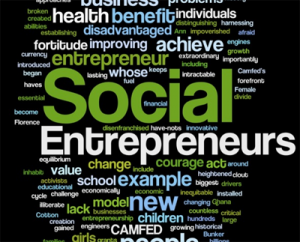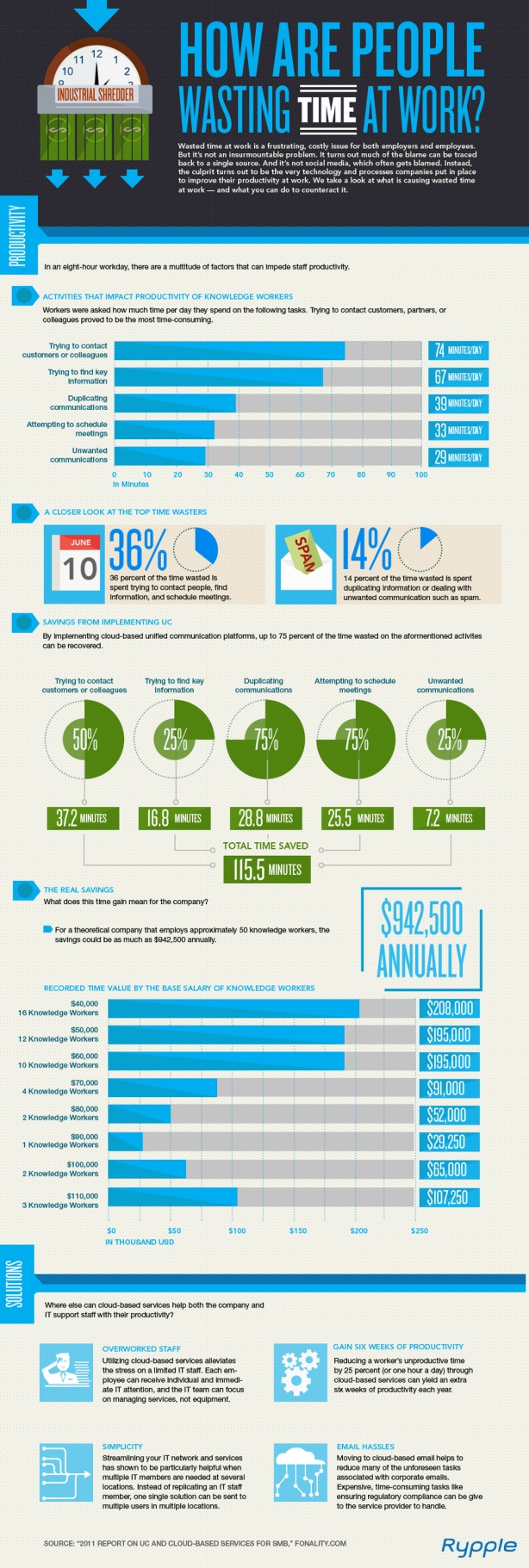Today is Earth Day where everyone of us can make a difference in one way or the other contributing to the welfare, awareness and appreciation of the Earth’s natural environment. So I would like to dedicate this post to some social entrepreneur who have made significant difference in the same. By definition social entrepreneur recognizes a social problem and uses entrepreneurial principles to organize, create and manage a venture to achieve social change or venture. I personally believe there will a big wave of Social entrepreneurship in the coming days which looks to be the need of the day.

Social Entrepreneurship
Here is a roundup of some really good projects harnessing the power of digital technology to create a social Venture:
1) Mifos
Idea: Mifos is an open-source, back-end operating system — built and backed by a community — to track the many loans and payments involved in microfinance.
Why It’s Working: Mifos is a platform used by more than 30 microfinance institutions, which offer small loans to nearly 825,000 clients. Think of Mifos as Quicken for microfinance — it’s a streamlined, organized system, and it can help the sector scale and get people out of poverty. Mifos makes microfinance more fair (since it’s data-driven) and transparent, and it’s helped Grameen Koota grow its client base by 40%.
2) re:char
Idea: Utilize organic waste to create carbon-negative charcoal, a substance that pulls CO2 from the air and helps crops grow taller and stronger.
Why It’s Working: re:char‘s mission is about providing farmers — both at home and in developing countries such as Kenya — with conservation-oriented soil-boosting complexes that can double food output compared to traditional farming methods. The startup raised $6,000 and spread awareness on Kickstarter, and the 102 purchasing funders will be contributing data for re:char to analyze.
3) ARCHIVE
Idea: ARCHIVE (Architecture for Health in Vulnerable Environments) is an international 501(c)(3) charity that brings awareness to the relationship between poor housing and poor health.
Why It’s Working: By designing and implementing housing improvements, ARCHIVE can bring down rates of tuberculoisis, HIV and AIDS — a healthier community means a healthier economy. And it all started with a blog. “I felt that as an architect, I could do more than speak about important, thought-provoking issues — I could mobilize people and communities to act,” says Peter Williams, founder of ARCHIVE.
4) Project Noah
Idea: Project Noah harnesses the power of mobile to let users contribute to real scientific data and research.
Why It’s Working: Nature Deficit Disorder, the idea that children’s behavioral patterns are changing because they are spending less time outside, was introduced in Richard Louv’s 2005 book Last Child in the Woods. In short, screens replace the wonders of the natural world that used to provide children with hours of entertainment, leaving kids to wither indoors. Project Noah thinks that spending time exploring nature and time attached to screens don’t need to be mutually exclusive. The startup hopes to mobilize a new generation of nature lovers in a digital experience that’s entirely current. “Project Noah is what would have happened if Charles Darwin had created Foursquare,” says co-founder Yasser Ansari.
5) Mobile Alliance for Maternal Action
Idea: Providing new and expectant mothers in need with free health information via mobile phones.
Why It’s Working: In 2008, India had the most maternal-related deaths out of any other country, according to the Indian government. Mobile Alliance for Maternal Action (MAMA), works with low-income and at-risk mothers and families in India — as well as Bangladesh and South Africa, which are countries with high populations of mobile phone users — to provide vital health information through SMS text messaging and simple voice messages.
Social entrepreneurs can be found all over the world, in most industries, and where the need is the most pressing. Here are a few worthy and notable Social Entrepreneurs of our era:
Istvan Aba-Horvath: Based in Hungary, Istvan’s mission is to aid Gypsy children in getting an education and simultaneously earn money. http://www.romacentrum.hu/kozhaz/debrecen
Raul Oscar Abasolo Trincado: Raul lives in Chile and works with poor, outcast youth in his country. He has provided an opportunity for them to become meaningful and productive members of society.
Mohammed Bah Abba: Mohammed has “resurrected” a form of pottery that was originally used in ancient Egypt. This pottery has allowed his people to keep their food fresh in the harsh climate of Nigeria.
Abbass Abbass: Abbass started AlManarah in 2005, an organization centered in Israel. His mission is to stop discrimination against disabled people in his country.
Rafael Alvarez: Rafael’s goal is to help American youth extend their outlook beyond graduation from high school, to highly skilled jobs by training students with the skills they need to do so. He accomplishes this goal through his organization, Genesys Works. http://www.genesysworks.org/
Anita Ahuja: In India, Anita has addressed problems of waste, sanitation, and unemployment into a social entrepreneurial organization. Her business produces high-end accessories, such as wallets and purses, out of plastic waste. http://www.conserveindia.org/





